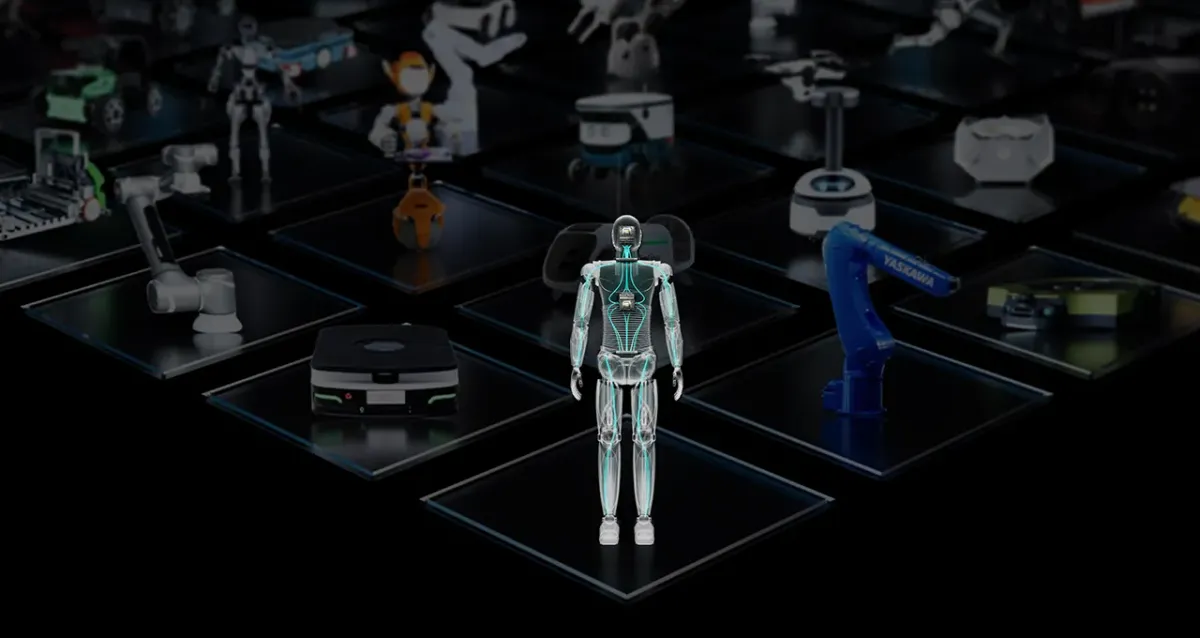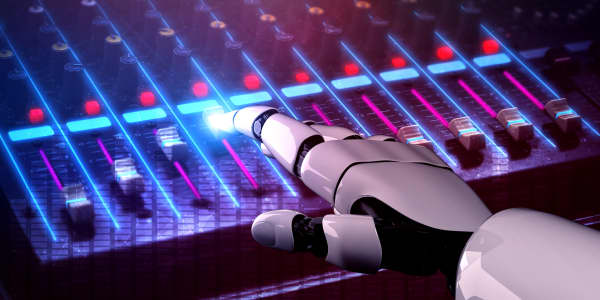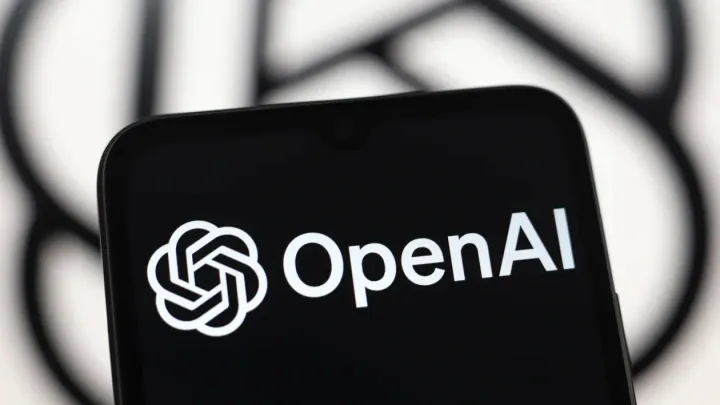The Future of Humanoid Robots: Market Growth, Key Players, and Investment Trends

The rapid development in artificial intelligence (AI) has precipitated tremendous leaps in humanoid robotics, and with it, the dream of machines blending into everyday life becomes nearer. Experts say humanoid robots might start replacing human labor at large scale by the end of the decade. Still, investor attitudes are still cautious, as apprehensions regarding the viability of technology, cost-effectiveness, and market preparedness continue.
The Rise of Humanoid Robots
AI-Driven Innovations in Robotics
Recent advances in generative AI have revolutionized the functionality of humanoid robots, such that they are now capable of better 3D perception, control, skill planning, and decision-making. According to Rev Lebaredian, Nvidia's vice president of omniverse and simulation technology, these technologies will enable robots to fill the labor gap, particularly across industries such as retail, warehousing, distribution, and manufacturing.
Market Potential vs. Skepticism
Some experts are of the opinion that humanoid robots possess a greater potential market size than autonomous vehicles, such as robotaxis. Nevertheless, although advancements in autonomous technology have increased the share prices of firms such as Tesla, most of the value tied to humanoid robots is still underestimated. This has left room for investment opportunities for those who wish to ride on future AI technologies.
Forecast and Market Size
Forecasts regarding the future of humanoid robots are quite different:
Morgan Stanley puts the humanoid robot numbers at 40,000 in 2030 and growing to 63 million in 2050.
Citigroup is even more bullish, foreseeing a market of $7 trillion in 2050, with 1.19 billion humanoid robots at work.
Goldman Sachs anticipates dramatic expansion, expecting a $38 billion world market in 2035.
Macquarie predicts 6.3 million humanoid robots by 2035 with a worldwide market value of $139 billion and a 50% compound annual growth rate over the period 2026 to 2035.
Investment Outlook and Challenges
Industrial vs. Consumer Applications
At the moment, humanoid robots are only being incorporated in the industrial environment, mainly factories and warehouses. Still, RBC analyst Tom Narayan opines that consumer usage is where the true worth of humanoid robots comes in, in the form of personal assistants and home aids. According to him, "In most manufacturing plants, robots are already working. The true breakthrough will come when humanoid robots become part of everyday life."
Adoption Hurdles
In spite of the optimistic market predictions, Wall Street is still divided about the actual adoption potential of humanoid robots. The major concerns are:
Cost effectiveness: The upfront price of humanoid robots is still expensive, hindering mass adoption.
Regulatory issues: Governments might limit AI-powered automation to safeguard human employment.
Technological reliability: Most present demonstrations are still not fully autonomous and require human intervention, leaving one wondering about complete autonomy.
Ethical considerations: The emergence of humanoid robots creates issues around job loss, privacy, and decision-making through AI.
XPeng's Iron and PX5 Robots
XPeng has positioned itself as a leader in humanoid robotics. Its second-generation humanoid robot, Iron, is already integrated into XPeng’s factories and stores. The first-generation PX5, released in October 2023, set the foundation for further developments. Analysts see XPeng as a key player in AI-driven automation.
Xiaomi’s CyberOne: The Emotional Robot
Xiaomi’s CyberOne humanoid robot, first announced in 2022, is designed to interact with humans on an emotional level. It can recognize individuals, perceive 3D space, and detect human emotions, even offering comfort during moments of sadness. China’s government support for robotics has positioned the country as a global leader in humanoid development.
Tesla’s Optimus: A Long-Term Vision
Tesla unveiled its Optimus concept humanoid robot in 2021. While the initial showings were derided for being under human control, CEO Elon Musk is sure that Optimus had the potential to greatly alter Tesla's long-term valuation and send the company's market cap as high as $25 trillion.
The Road Ahead
The rush for humanoid robots continues to accelerate, driven by AI advancements, growing labor gaps, and shifting market needs. Skepticism abounds as businesses strive to mature and upscale their robotic technologies. Whether or not humanoid robots will meet their lofty expectations or fail is uncertain.

Frequently Asked Questions (FAQ)
What are humanoid robots, and how are they different from conventional robots?
Humanoid robots are artificially intelligent machines programmed to replicate human movements and behaviors. They differ from conventional industrial robots in that they possess a human-like shape, sophisticated mobility, and can interact with humans naturally.
Which sectors will gain most from humanoid robots?
Manufacturing, warehousing, logistics, healthcare, and retail sectors are likely to benefit the most. These robots might also find applications in personal assistance, care of the elderly, and education.
What are the greatest challenges to humanoid robot adoption?
Expensive production, regulatory issues, technological capabilities, and social acceptance continue to be significant barriers. Ethical concerns over job loss and privacy must be met as well.
How soon will humanoid robots be commonplace in homes?
Industrial adoption is forecasted to pick up by 2030, but consumerwide adoption might take even longer, perhaps between 2035 and 2050, as prices go down and abilities increase.
Is there investment in humanoid robotics?
Yes, the development of humanoid robots is being led by firms such as XPeng, Tesla, Nvidia, and Xiaomi. Investors interested in venturing into this market need to track progress, regulatory changes, and financial performance trends in AI-based automation.
Although the prospect of humanoid robots is bright, much work still needs to be done. Investors will need to balance the chances with the pitfalls as businesses grapple with the technical, monetary, and moral hurdles. With AI advancements tracking at their present rate, humanoid robots may very well become the norm in people's daily lives, transforming business and the work force worldwide.



